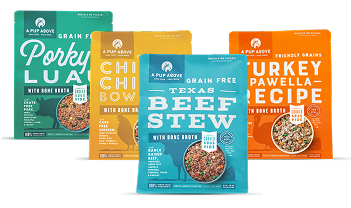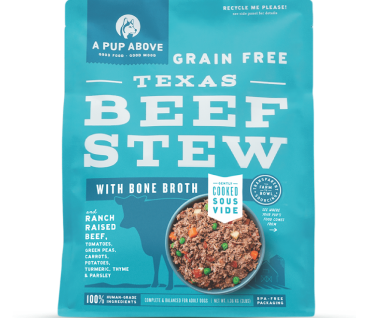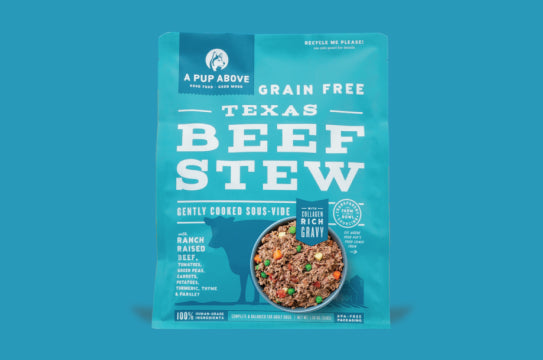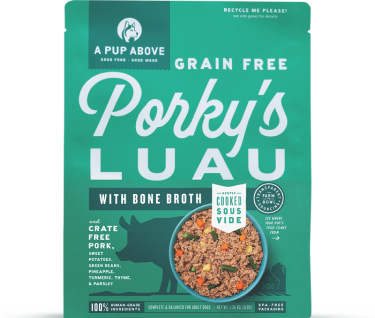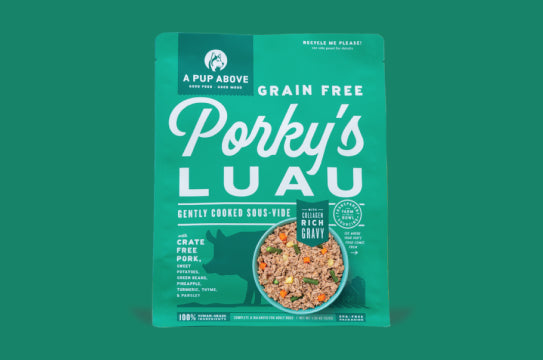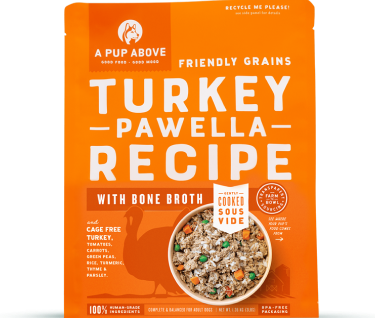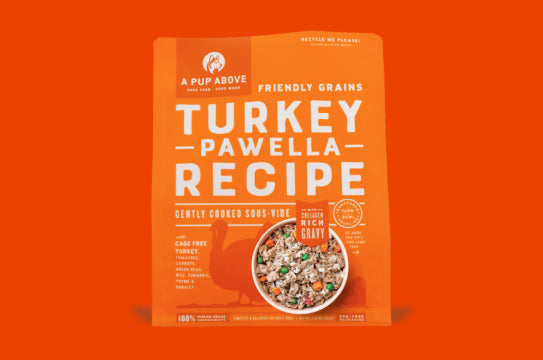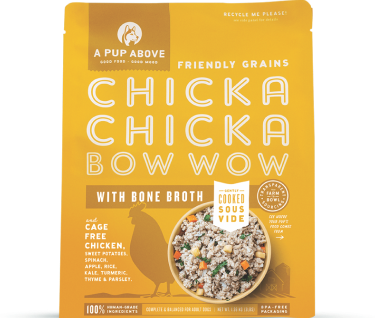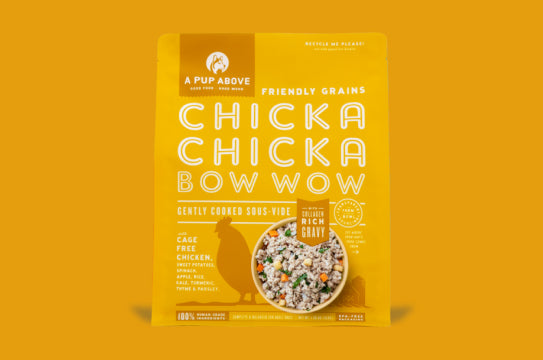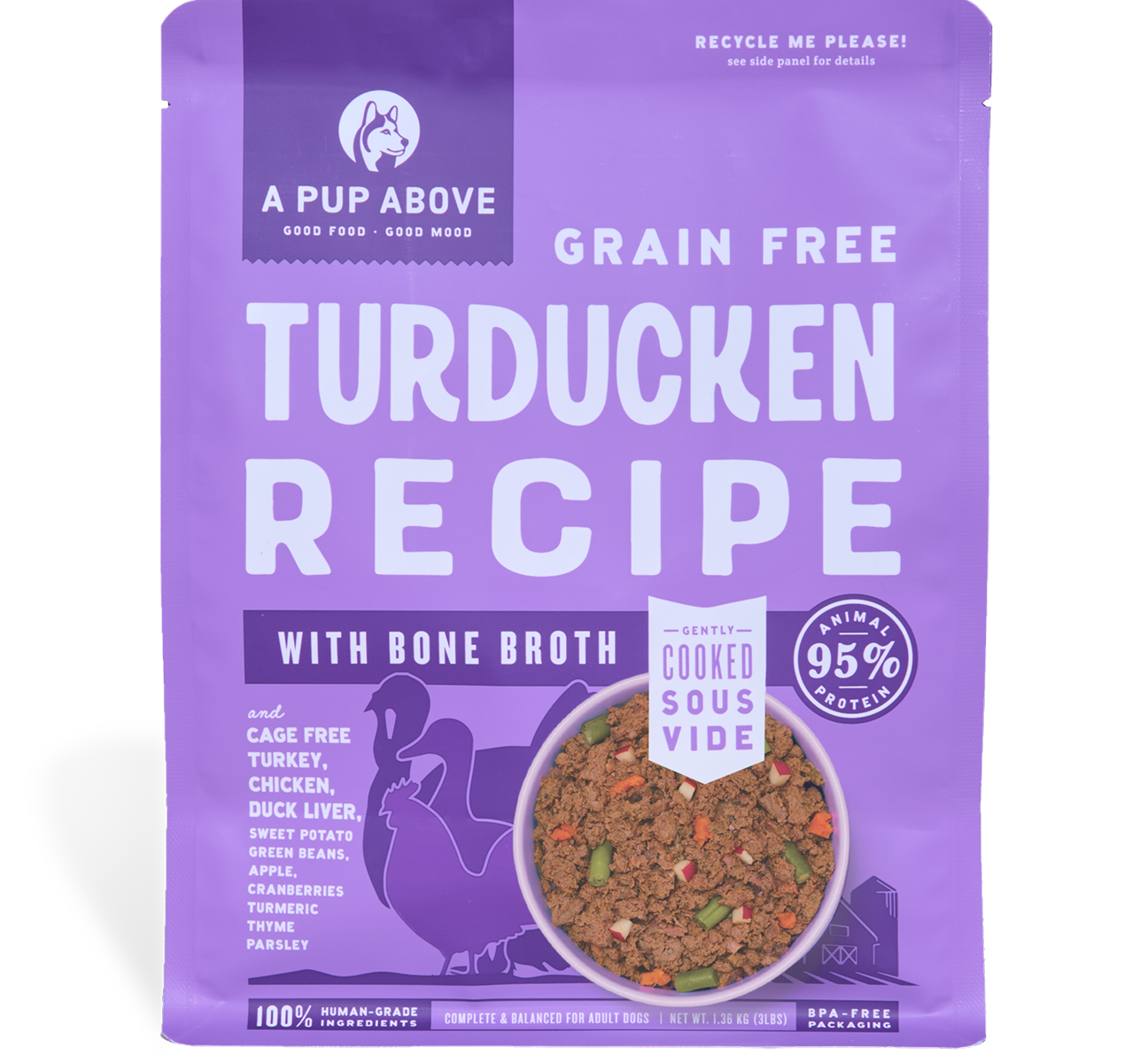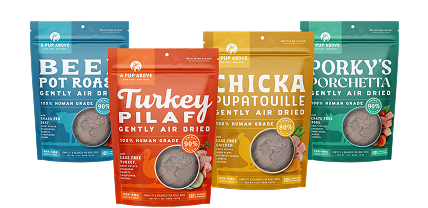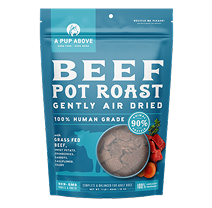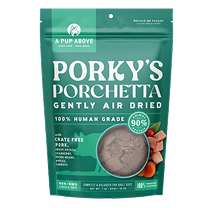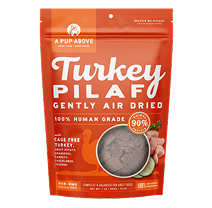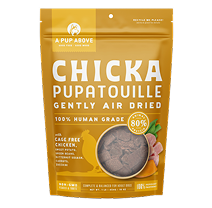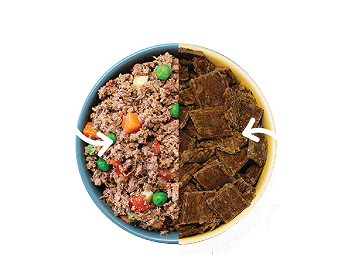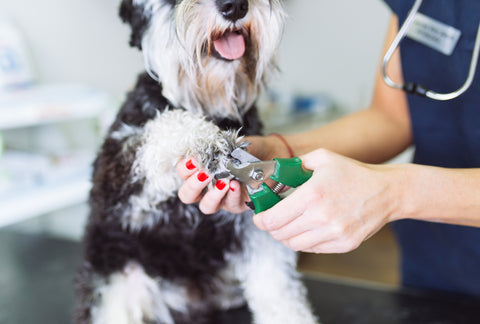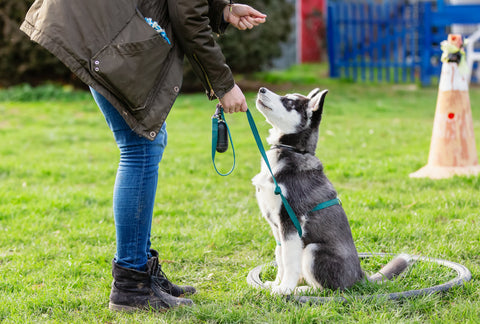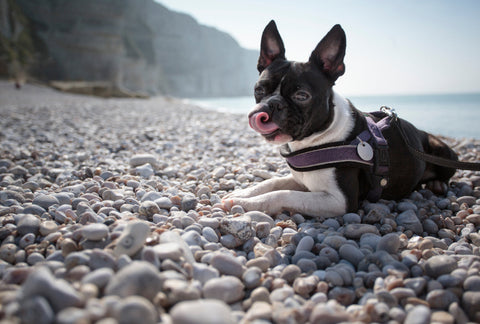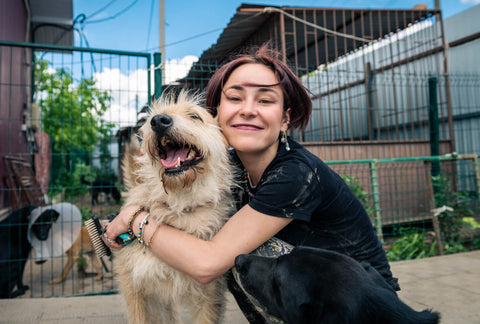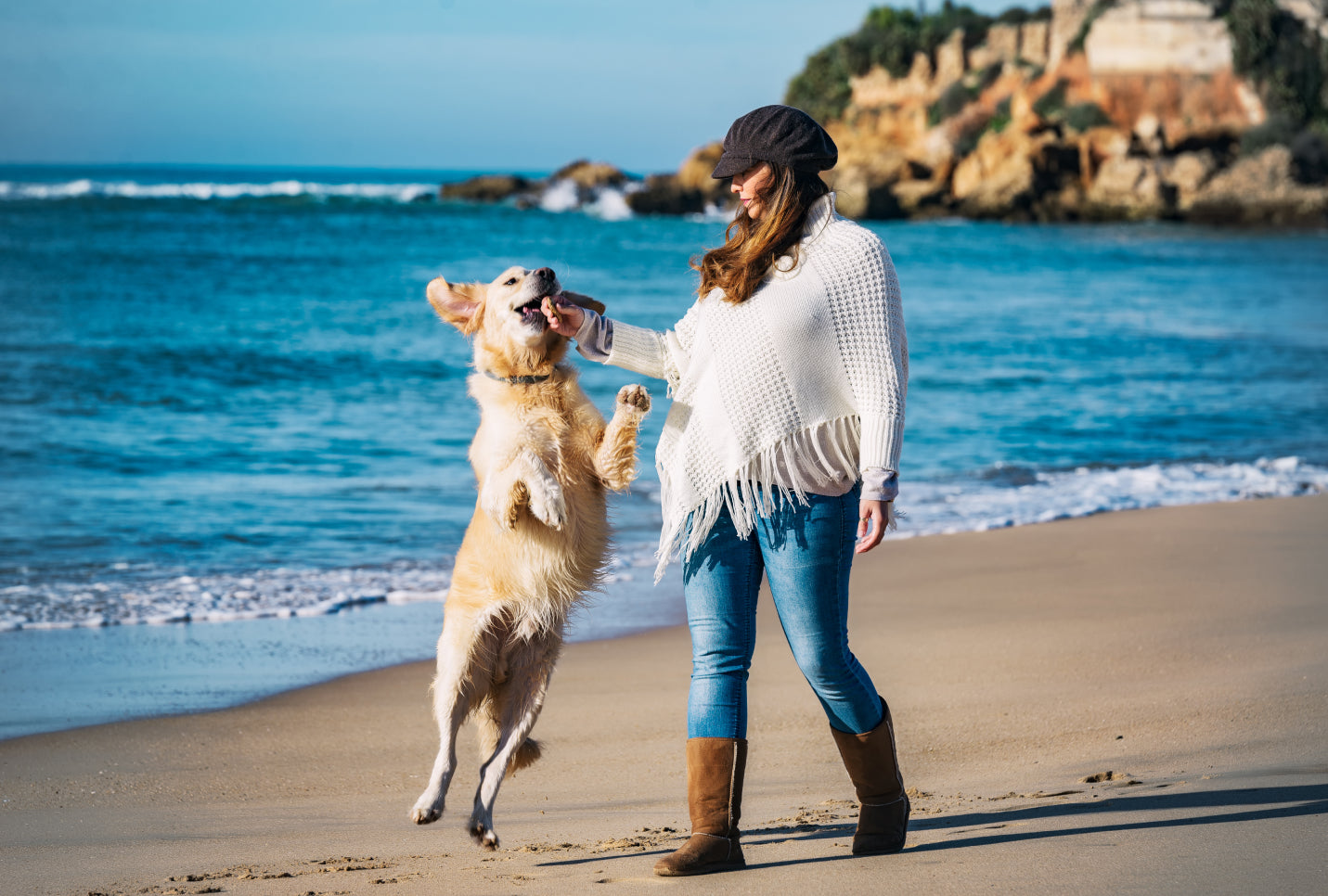
How Often Should You Walk Your Dog?
If you're a proud dog owner, you know that regular physical activity is essential for keeping your furry friend happy and healthy. But how often should you walk your dog?
Finding the right balance can be a bit tricky. Too little exercise can lead to boredom and behavioral issues, while too much can cause fatigue or even injury.
In this article, we'll guide you through determining the ideal frequency for walking your pup based on their breed, age, overall health, and more.
What Are the Benefits of Regular Dog Walks?
Regular walks are like a magical elixir for your furry friend, offering a number of awsome benefits — here are some of them:
Happy Hound
Walking gives your pup a chance to unleash their inner joy and exuberance. It boosts their mood, releases endorphins, and helps ward off those doggy blues.
Plus, seeing their wagging tail and goofy grin as they trot alongside you is bound to put a smile on your face too!
Fitness Fiesta
Like us pet parents, dogs need their daily dose of exercise to stay in tip-top shape. Walking helps burn calories, maintain a healthy weight, and keep those muscles strong and limber.
It's like having a personal fitness trainer for your furry pal — minus the spandex.
Sniff-tastic Adventures
Every walk is a thrilling sniffing safari for your pup's super-powered nose. Exploring different scents and smells in the great outdoors provides mental stimulation and sensory satisfaction. It's like a canine scavenger hunt where every scent holds a story waiting to be discovered.
Tail-wagging Socialization
Walks are the perfect opportunity for your pooch to mingle with their four-legged pals and make new friends along the way. Sniffing and greeting other dogs helps develop their social skills and boosts their confidence. Your dog might even find their furry soulmate during a friendly sniff session.
Paw-some Behavior
A tired dog is a well-behaved dog, and walks are the secret weapon against boredom-induced mischief. Regular exercise helps channel your pup's energy in positive ways, reducing unwanted behaviors like chewing on your favorite slippers or redecorating your backyard with new excavation projects.
Doggy Zen Mode
Walking has a zen-like effect on dogs, helping to calm their minds and melt away stress. It's their chance to unplug from the hustle and bustle of daily life and reconnect with their natural instincts. The world slows down, and the simple joy of exploring nature becomes their meditation.
Health Superpowers
The benefits of regular walks extend to your dog's physical health too. It improves digestion, strengthens the heart and lungs, and boosts the immune system.
Plus, a good stroll can help keep those pesky health issues like obesity, diabetes, and joint problems at bay, ensuring your pup stays in prime condition.
Factors To Consider When Deciding Walk Frequency
While regular walks are essential for your dog's well-being, finding the ideal amount of exercise requires considering a few factors. Every dog is unique, so tailoring their walking routine to their individual needs is important.
Here's what to keep in mind when deciding how often to walk your furry friend:
Breed Traits
Different dog breeds have varying exercise requirements. High-energy dogs or active dog breeds like Border Collies, Australian shepherds, and retrievers thrive on more frequent and vigorous walks, while smaller dogs like terriers, Chihuahuas, pugs, and bulldogs may prefer shorter, gentler strolls.
Consider your dog's needs, breed traits, and energy levels when determining their walk frequency.
Age Matters
Puppies have boundless energy and require more frequent, shorter walks to burn off that puppy enthusiasm. As they grow older, their exercise needs may change, and long walks might be ideal.
Adult dogs usually benefit from a balance between physical exercise and mental stimulation. Senior dogs may require shorter, more leisurely walks to accommodate their aging bodies.
Health Considerations
Your dog's overall health should always be taken into account. Some health conditions, such as arthritis or heart problems, may require a more tailored approach to walking.
Consult with your veterinarian to ensure you're providing the right amount and intensity of exercise for your dog's specific health needs.
Individual Energy Levels
Just like humans, dogs have different energy levels and personalities. Some dogs are naturally more active and may need longer or more frequent walks to feel satisfied. Others may be content with shorter, leisurely walks.
Observe your dog's energy levels and adjust their walk frequency accordingly.
Weather Conditions
Extreme weather can impact your dog's comfort and safety during walks. On hot days, avoid walking during the peak heat hours to prevent overheating — especially if your pup is prone to overheating like Huskies or Malamutes.
Consider protecting your dog from low temperatures or icy surfaces in colder climates. Adjust the frequency and duration of walks based on weather conditions to keep your pup comfortable and safe.
Time Constraints
We all have busy lives, and finding time for walks can sometimes be challenging. However, even a short walk can greatly affect your dog's physical and mental well-being.
If you're limited on time, consider breaking up walks into multiple shorter sessions throughout the day to ensure your dog gets the exercise they need.
Listen to Your Dog
Your dog is the best guide to their own exercise needs. Pay attention to their behavior and cues during and after walks. If they seem restless, have excess energy, or exhibit destructive behaviors, it may be a sign that they need more exercise.
Conversely, if they appear tired or show signs of fatigue, providing them with ample rest is essential.
How Long Should You Walk Your Dog?
Determining the duration of your dog's walks is just as important as figuring out the frequency. Depending on your pup's size, breed traits, and energy levels, an ideal walk duration could be anywhere between 15 minutes to two hours.
For young puppies, it's best to start with shorter walks and gradually increase the duration as they grow and gain more endurance. Adult dogs often benefit from a combination of shorter, more frequent walks and longer outings. As for senior dogs, slow, gentle walks are usually best.
At the end of the day, it's essential to listen to your dog and adjust their walks accordingly. If you notice they are still full of energy following a stroll, try increasing the duration of their next walk.
On the flip side, if they seem overly tired or show signs of fatigue, keep their next walk shorter.
Tips for Dog Walking Success
Now that you have a better understanding of how often and how long to walk your dog, let's dive into some tips for making your dog walking experience a success:
Choose Safe Walking Areas
Selecting safe walking areas is crucial for your dog's well-being. Look for parks, trails, or sidewalks that are dog-friendly and away from heavy traffic.
Avoid areas with potential hazards like toxic plants, busy roads, or off-leash dog zones if your dog is uncomfortable around other dogs.
Use a Proper Leash and Harness
Ensure you have a sturdy leash and a well-fitting harness for your dog. The leash should be long enough to allow your dog to explore while still maintaining control.
A harness can provide better control and reduce strain on your dog's neck compared to a collar.
Establish Walking Etiquette
Teach your dog basic walking etiquette, such as walking on a loose leash and not pulling. Use positive reinforcement techniques, like treats and praise, to reward good behavior.
Encourage your dog to walk beside you rather than ahead or behind.
Make Walks Engaging
Keep your dog mentally stimulated during walks by incorporating interactive elements. Bring along their favorite toys or play games like fetch or hide-and-seek along the way. This helps prevent boredom and adds extra fun to the walk.
Pay Attention to Your Dog's Cues
Observe your dog's behavior and body language during walks. If they appear tired, show signs of discomfort, or seem uninterested, it's time to wrap up the walk. Respect their limits and adjust the duration and intensity of walks accordingly.
Stay Consistent
Dogs thrive on routine, so try to establish a consistent walking schedule. This helps them anticipate and look forward to their daily exercise. Aim for a balance between mental and physical stimulation by varying routes and introducing new scents and environments.
Fuel Your Pup's Walk With Wholesome Food
Last but certainly not least, provide your pup with good nutrition to fuel their daily walks. Fresh, high-quality ingredients like real meat and veggies will help replenish their energy levels. Plus, it's a great way to show your pup some extra love.
A Final Word
Remember, walking your dog is not just about physical exercise—it's also an opportunity for bonding, exploration, and mental stimulation. Whether you have a younger dog or an older dog, enjoy these moments with your best furry companion and cherish the special time you spend together outdoors.
Here at A Pup Above, we believe that all dogs deserve the best care so they can live their healthiest, happiest lives — that's why we've spent years curating the perfect recipe for your pup's complete nutrition. Browse our range of wholesome, human-grade meals and find the perfect nibbles to fuel your pup's next walk.
Sources:
Walking Your Dog Is A Mutually Beneficial Activity | SCL Health
A Mentally Stimulated Dog Is a Happy Dog | AKC
How to Introduce Dogs to Each Other | Best Friends Animal Society
Top Stories
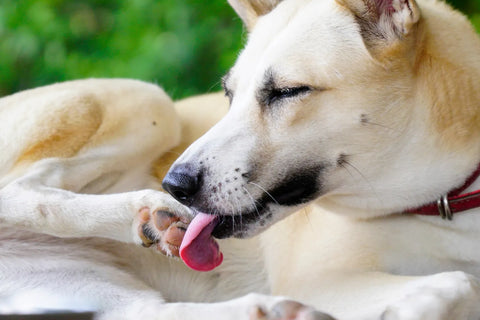
Why Do Dogs Lick Their Paws?

Why Do Dogs Whimper & Make Noises in Their Sleep?

Healthy Vet-Approved Homemade Dog Food Recipes

How To Cook Sweet Potatoes for Dogs


